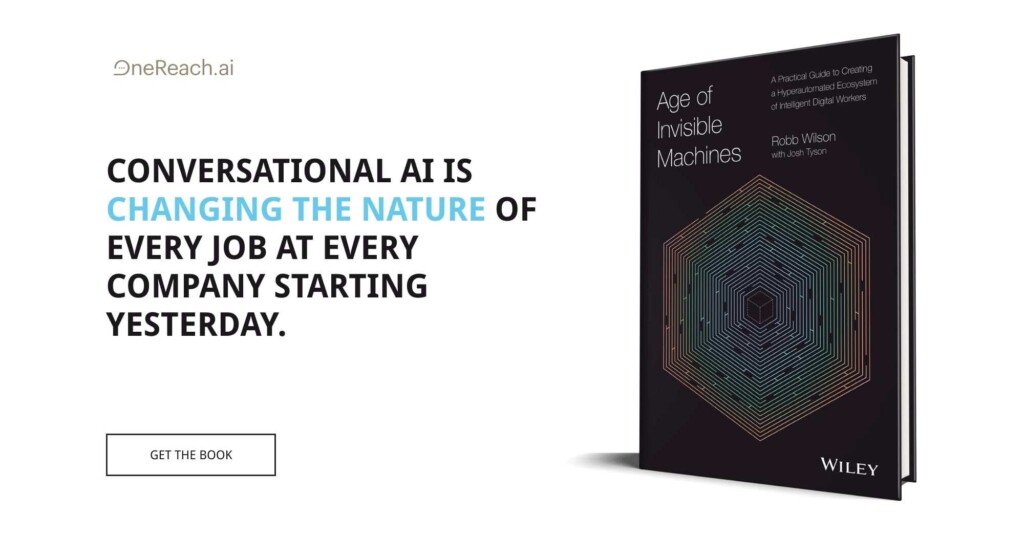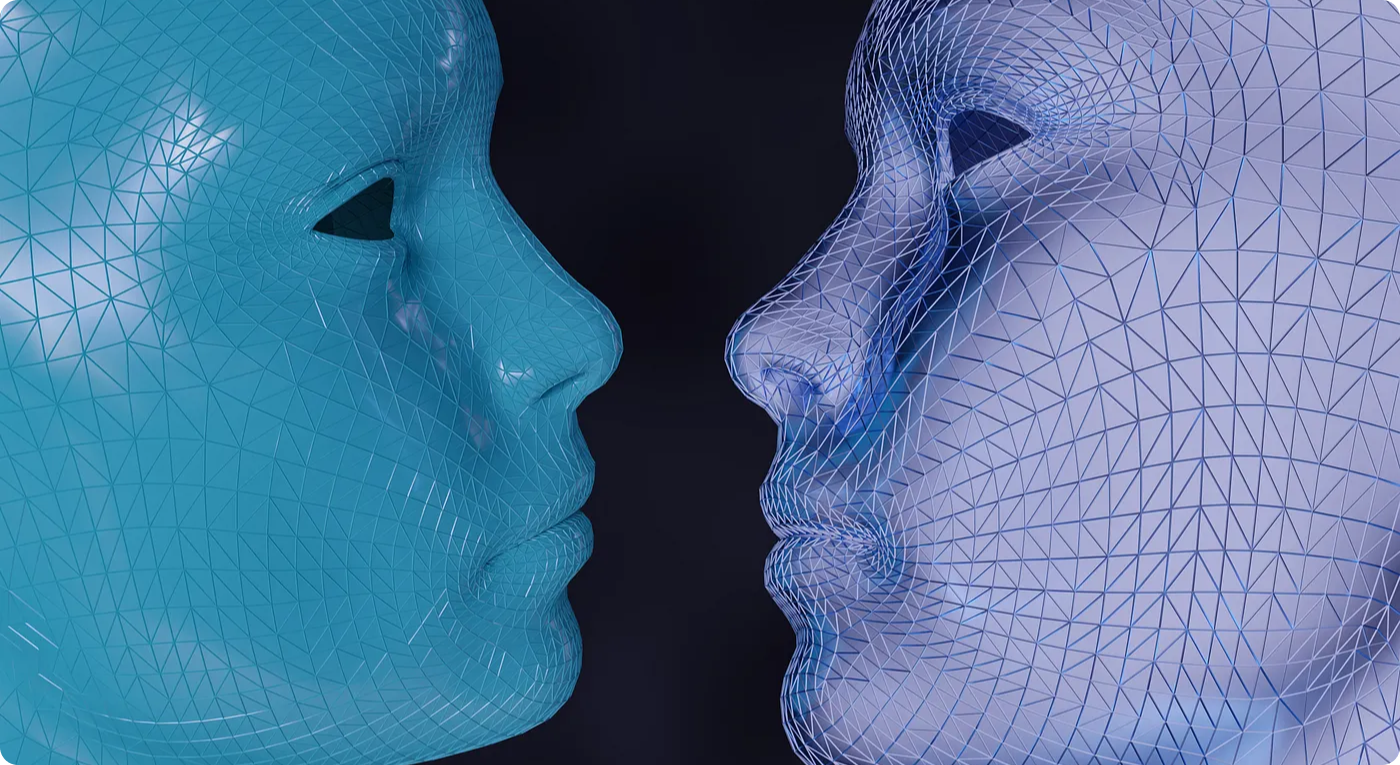The world opinion gets divided with the name of technology, whether it is society, politics, or development, there is a varying level of biasness when it comes to technology. Some prevalently dominant areas of the same are Artificial Intelligence, Machine Learning, and Data analytics. My intention behind writing this article is to highlight the interesting and intertwined relationship shared among all these three aspects of technology and how they collectively impact societal development.
Technology is commonly misunderstood as a threatening and destructive element of human existence, whereas in reality, it is the child of human intelligence which is being improvised further for societal development. For instance, when AI is discussed, there is a habitual norm of interpreting it as robots that will eventually displace the existence of the entire humankind! It is of utmost importance to disseminate real information and the implementation process of technology to the general public. As Martin Shields said how “It is not enough to crowd-source the information and put it on a digital map, then expect the local population to take the initiative and to track down the information and decide what to do with it.” (R Read et al 2016, P-11) Though the authenticity of the positive impacts of AI is arguable, it is also appalling to see such remarkably negative opposition against it among the majority of society. How much do we understand AI, how much do we know about ML, and how much we are aware of the Data? Are the organization concerned about humanitarianism or they have taken the ‘technocratic turn’? Let’s explore more about it.
As mentioned in the article of Data Hubris, technology has rendered some prominent promises which encompass the humanitarian sector in a broader way. It is forecasted to be more accurate, and faster and also uphold the potential importance of the general people, thus making the equation between the donor and the receiver to be fairer and more equal. With the advancement of the digital world, it becomes quite expected that its utmost potential can be delivered during a crisis-struck situation, such as an epidemic. Faster collection and integration of data leads to faster solutions during societal chaos. To regain balance, it is important to sort the plethora of data hubris in a proper channelized and hierarchical manner. But seldom it happens that speed leads to inaccuracy, which in the case of data may lead to total disruption. Technology has promised a solution to that as well, by providing accurate data in an accurate way. Digital technologies which are also portable nowadays can deliver data in a more precise way which in turn saves timeliness in case of emergency. Now, with the advancement of technology, power relations begin to grow the inequality between the donor and the receiver. With the crisis-affected areas becoming the hub of digital technology, the power of data is in their hand, and with the proper knowledge of the technology they can share or edit their information as data, which in turn may benefit the ‘receiver’. Thus, empowering them to a greater extent. In the words of Burns, the digital humanitarian endeavor involves, “different modes of production, processing, curation and representation of people, places, and knowledge; that is, most often, digital humanitarianism enrolls spatially and socially-distanced people to work with local knowledge mediated through digital technologies.” (R Read et al 2016, P-8)
As we already know by now, for proper functioning and integration of society and its development, data plays a very crucial role. Any data can either proliferate the development or ruin it. First data is collected from an area, then machines are fed with these data with the help of Machine Learning, and then the learnings from these data are implemented through Artificial Intelligence. There are various models which go through an algorithmic evaluation before the decision-making takes place regarding the actual execution of the model through ML. The insights derived from ML are then further implemented in AI. The challenging part comes when the data is tweaked for political purposes or racial biases, which then leads to data injustice. But sometimes data can be misleading as well, so it becomes eminent that learnings are not derived through direct data but from various analytics conducted with these data. Data models need to be reviewed and analyzed before the decision-making process gets implemented. “While automating decision processes using ML can sometimes be seen as the fastest path to efficiency gains, it’s important to proceed slowly and build in opportunities for people to retain control over decision-making.” (USAID 2018, P- 64)
While discussing ML deployment, contexts become more important in order to know the nitty-gritty of the data that is collected. Local knowledge of where the data is collected gives an added advantage in the deployment of the data in the ML model in a more efficient way. What and who is represented by the available data can be accurately measured by local technology partners who are well-versed in the characteristics of the region studied. But sometimes contextual data may also lead to disruptions, especially in areas where the population is dominated by religious or another ethnic group. They naturally tend to avoid being included and fear sharing personal data, which in turn excludes them from datasets and thus leads to data biases. Some of those who are deprived of representation are children, women, the elderly, and also the disabled. While it is needless to mention that their data pose equal importance when compared to others. For effective implementation of ML models and technology, it is also necessary to build trust and nurture empathy with the help of local partners. Belief and faith in a person or organization make the locals keep aside their hindrances and ethical limitations. They are encouraged to explore more and go beyond the chain of conservative periphery. This also led to the exposure of the full potential of an individual which in turn resulted in the collection of unbiased and unfiltered data. The ML tool also gets enhanced and further accentuates the development process.
Is AI a success or it has its own pitfalls?
Let us consider some fields of ML and AI applications which have proved to be a boon for society, such as — the healthcare system has upgraded itself to a vast extent and most of the credit goes to the ML and AI tools used for it. The humongous amount of data collected from the public and sorting them in order of necessity is made possible with accuracy and efficacy, only with the help of AI-integrated machines. In times of emergency automated ML tools makes it easier to come to a conclusive decision for the doctors, as the decision is pivotal to saving a life. Sometimes due to overtiredness, doctors fall asleep or lose concentration during critical operations. AI-integrated robots are fatigue-free and can take over the doctor’s task when needed during an utmost emergency, thus restraining the occurrence of a disaster. Also, nowadays due to added pressure on the medical system, appointments with virtual doctors online are made possible due to this advancement of technology. Elderly people are also benefited from AI technology. Pet animals who serve as the best accompaniment for them can be replaced by AI robots; as pet animals also need to be cared for which becomes quite tedious for overly-aged people in addition to this AI robots not only gives them company but also assists them in daily household chores. Other examples such as house guards falling asleep, factory guards falling asleep and thus leading to avoidable consequences (theft, factory on fire) can be adjusted with the help of Ai assisted machines or robots, for the wee hours when any normal human being tends to fall asleep.
But of course, the aforesaid positive consequences don’t negate the probable negative aspects that may be caused due to the ML and AI tools. Some prominent area of change due to AI integration could be the possible replacement of the human workforce with robots. In the healthcare sector, human nurses can easily be replaced with more efficient and diligent robotic nurses. Human guards who watch over the buildings during the night hour can be replaced with robotic guards, thus calling for the less human requirement in such areas of work and giving rise to unemployment. There are many incidents that have occurred in recent days regarding AI face recognition, which led to some serious racial discrimination. Black-skinned people were automatically rendered criminals, whereas white-skinned were spared from such humiliation.
From using social media in our daily life to interacting with Alexa, to our unaware conscious self, we use AI in our everyday life. But we can only resonate with robots with AI while we talk about technological advancement.
Empathy and AI
We can work with advanced technology and intelligence, but the only human aspect that is irreplaceable by machines is empathy. Machines learn from data, and implement and predict future behavior according to the data feed, but when it comes to empathy, how can that be taught to machines? The challenge in the world of AI comes here, as it’s nearly impossible to impersonate the real empathetic feeling in an artificial way. AI researchers are still trying to dig deep into the subject of artificial empathy.
The ethics guidelines for trustworthy AI set in 2019 by the high-level expert group on AI of the European Union recommended an accountable, explainable, and unbiased AI system. Three elements are laid emphasis upon:
- Lawful — respecting all applicable laws and regulations
- Ethical — respecting ethical principles and values
- Robust — being adaptive, reliable, fair, and trustworthy from a technical perspective while taking into account its social environment
Certain other noteworthy prerequisites for the ethical implications of these key elements were also announced, such as — the AI system should be supervised by the operators, human interventions should always be allowed to prevent any avoidable discrepancies, the system should be secure and accurate, the services gained from this technology should be available to all regardless of age, sex or gender, the data and algorithms should be traceable and editable by human beings.
These guidelines accentuate the need for the inclusion of the ‘human factor’ in AI technology. As mentioned by Minter Dial in his book ‘Heartificial Empathy’, to create a rationale and maintain the sustainable balance between the natural and artificial it becomes necessary to allow a certain amount of intermingled interference between both. “The challenge will be finding the right mixture and chemistry for the agents to be assisted by machines in providing, in combination, a more empathetic and effective service.” (Empathy in Artificial Intelligence, Forbes.com)
When we discuss about data, the primary component which serves as the powerhouse supply for both ML and AI, justice or fairness often comes under the radar of doubt. As more and more corporate houses and organizations have become well aware of the high potentiality of data, it is openly mistreated in the market. Thus, leading to data injustice, which further affects the overall system of ML to some extent. Do we ever wonder how we get so many advertisements of our choice without even asking for them, how do we get a review rating for a recent place we visited without even disclosing our venture to anybody, all these questions make anybody doubt whether they are being constantly monitored by someone. “Thinking about the potential of big data in humanitarianism to contribute towards empowerment requires a discussion of the ethics involved in collecting and analyzing data, especially in the light of the ‘Do no harm’ humanitarian doctrine.” (R Read et al 2016, P-11) This leads us to make considerations about the ‘human impact’ and how the data is gathered and then further implemented. Though it is evident that data technology has helped develop society to a large extent, and also has contributed to humanitarian work; how much is solved in real and how many discrepancies are amalgamated in these acts of development for humanity, needs to be investigated more.
REFLECTION:
As a student of UX design, I always had an interest in knowing more about technology and how users experience them in their day-to-day life. This particular assignment has helped me to know ML and AI from a broader aspect, its intricacies, and its implementation. I have explored the various prospects of technology, the myths behind it, and its actual purpose. There have been many propagations against the onset of digital technology and visualization, and with an increasing plethora of confusing misinformation, it becomes extremely important to clear the air of doubt regarding this subject. Data injustice and how data is tweaked in every field is really appalling. Some of the literature that I have come across while doing this assignment, helped me understand the huge amount of data that is being distributed worldwide, either for good or for the worst. People are so engrossed in collecting data, they ignore the fact that the less used data are being misused. I have gained knowledge of new media and technology being an effective way of communication and development. For my design work, we collect data for affirmations regarding the design experience around a specific product used by a group of target users. This project helped me in gaining in-depth knowledge about the process of data collection and understanding the mental mood of the subjects, whose data is collected, in a much broader way. How data is misused and also the exponential contribution that it has in the field of humanity and development is something that I have explored extensively in this exercise. We use AI in our everyday life but still oppose the idea of advanced AI as we lack proper information about the latest technology that is actually contributing towards societal development. The interdependency of data, machine learning, and artificial intelligence is something that I have a strong grasp of understanding, after this exercise.
Bibliography
USAID 2018: Reflecting the Past, Shaping the Future: Making AI Work for International Development. Washington, DC: USAID
Read R, Taithe, B & Mac Ginty, R 2016: Data Hubris? Humanitarian information systems and the mirage of technology, Third World Quarterly,37:8, 1314–1331
Bostrom Nick: Superintelligence: paths, dangers, strategies. Keith Mansfield, Oxford
European Commission on Ethical Guidelines for Trustworthy AI
Rory C.J. Stephen Hawking warns artificial intelligence could end mankind. BBC News
Kaplan A, Haenlein Mi Siri, Siri in my hand: who’s the fairest in the land? On the interpretations and implications of AI
Rusell SJ, Norvig P. Artificial intelligence, A modern approach, Upper saddle river
Meera S. Are autonomous robots your next surgeons, CNN Table
Joseph W. Computer power and Human reason from judgment to calculation









